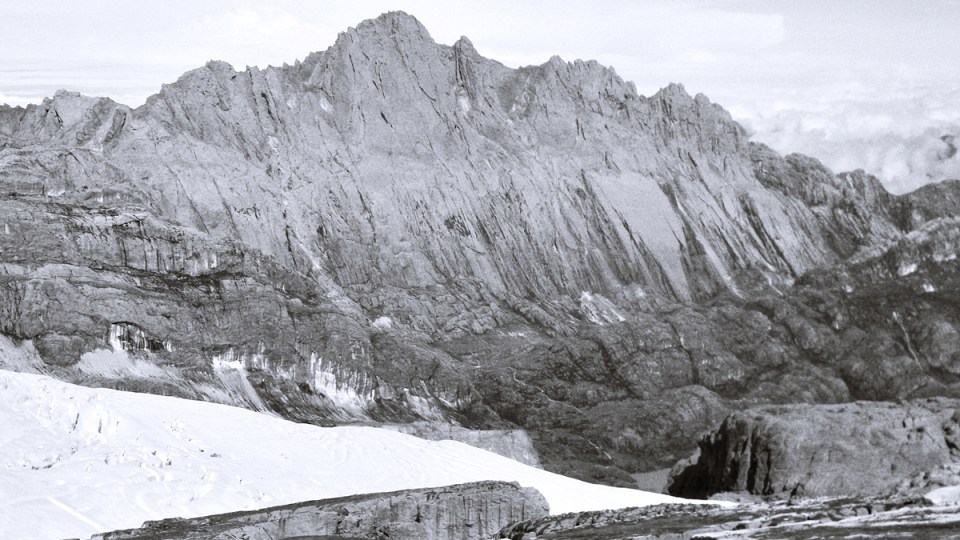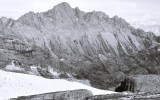


Indonesia is associated with a lot of things: Bustling beaches, gorgeous sunsets, nightlife, cheap beer, luxury resorts and heat.
Above all, heat. So it’s not where one would expect to find glaciers, but in fact, it has four. But how is this possible?
Tropical glaciers are few and far between, although they can be found in the tropics around the world. They’re at high altitudes on mountains where the temperature stays low all year, unlike the rest of the country. Which is exactly where you’ll find Indonesia’s glaciers.
Near the peak of Puncak Jaya (a mountain in the Sudirman Range that is sometimes called the Carstensz Pyramid) at 4000 metres above sea level, the Carstensz Glaciers are all that’s left of a once-larger ice sheet, and the only one still remaining in Asia.
It is in Central Papua’s Lorentz National Park.
Before the 1800s, this entire mountain range was covered in snow and ice with regular snowfall, creating and maintaining the glaciers.
Since the 1850s, data on the snow lines (the snow-covered and snow-free areas) has been logged by scientists to reveal one of the most unique glacial systems in the world.
Sadly, that data has also shown that the glaciers had lost more than 99 per cent of their area by 2015, leaving just small ice patches of about 200 by 200 metres each. Meaning that it’s unclear how long the remnants will avoid melting.

Getting there
As for visiting, the four Central Papua glaciers are not for the faint of heart to find. In fact, visitors will need significant mountaineering experience and specialised climbing and expedition skills.
Sadly, you’ll also need to learn those skills pretty quickly. The glaciers are considered climate survivors, being particularly vulnerable to rising temperatures.
Where travellers can more easily go, however, is Lorentz National Park.
Declared a World Heritage Site by UNESCO in 1999, this park is the largest protected area in South-East Asia. Despite its remoteness and untouched nature, hikers can find trails that range from easy to very advanced; however, be prepared for mud and other obstructions. And you’ll want to plan the trip for the dry season, from May to October.
Those with a sense of adventure will be rewarded with dramatic mountain views, lush rainforests and unique wildlife spotting opportunities: The elusive bird of paradise calls this park home.
It’s also home to the Indigenous Asmat peoples. Discover opportunities to learn about their traditions and crafts in local villages.
This article first appeared in Australian Traveller. Read the original here










